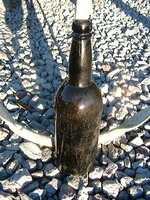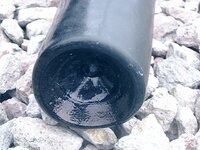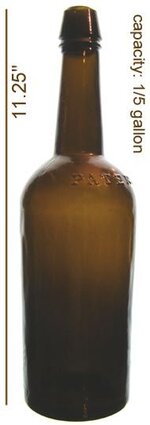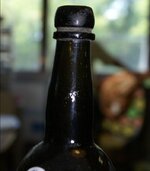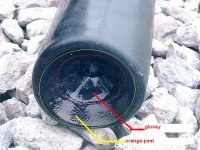Des from down under
Sr. Member
Hi from n/z..my brother happened to spot this in the mud flats at his home town of Napier, Hawkes Bay, ..this prior to a major earthquake in 1931 was a well visited harbour from sailing ships from england etc from the 1700s till the big earthquake in 31 ...we would love your help in the I D of this if possible ..it is quite crude with flaws all over it, the base is oblong and not perfectly round and dosent seem to have any marks on it at all...would love an experts thoughts on age and value..not that money means anything, it is just maybe of good historical significance...it is about 11.1/4" high and about 3.1/4 inches wide...thanks heaps guys in advance...des from down under.....


